
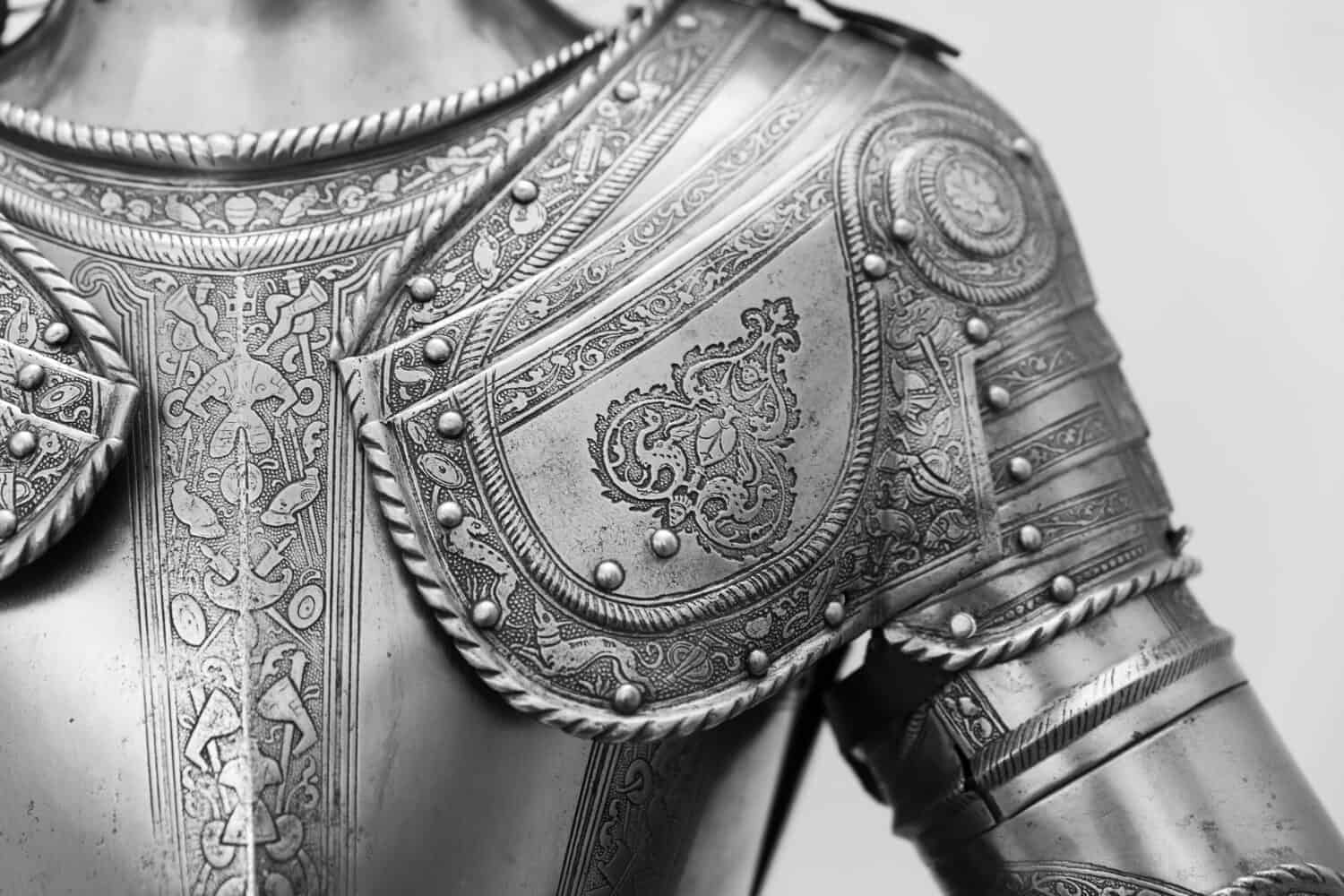
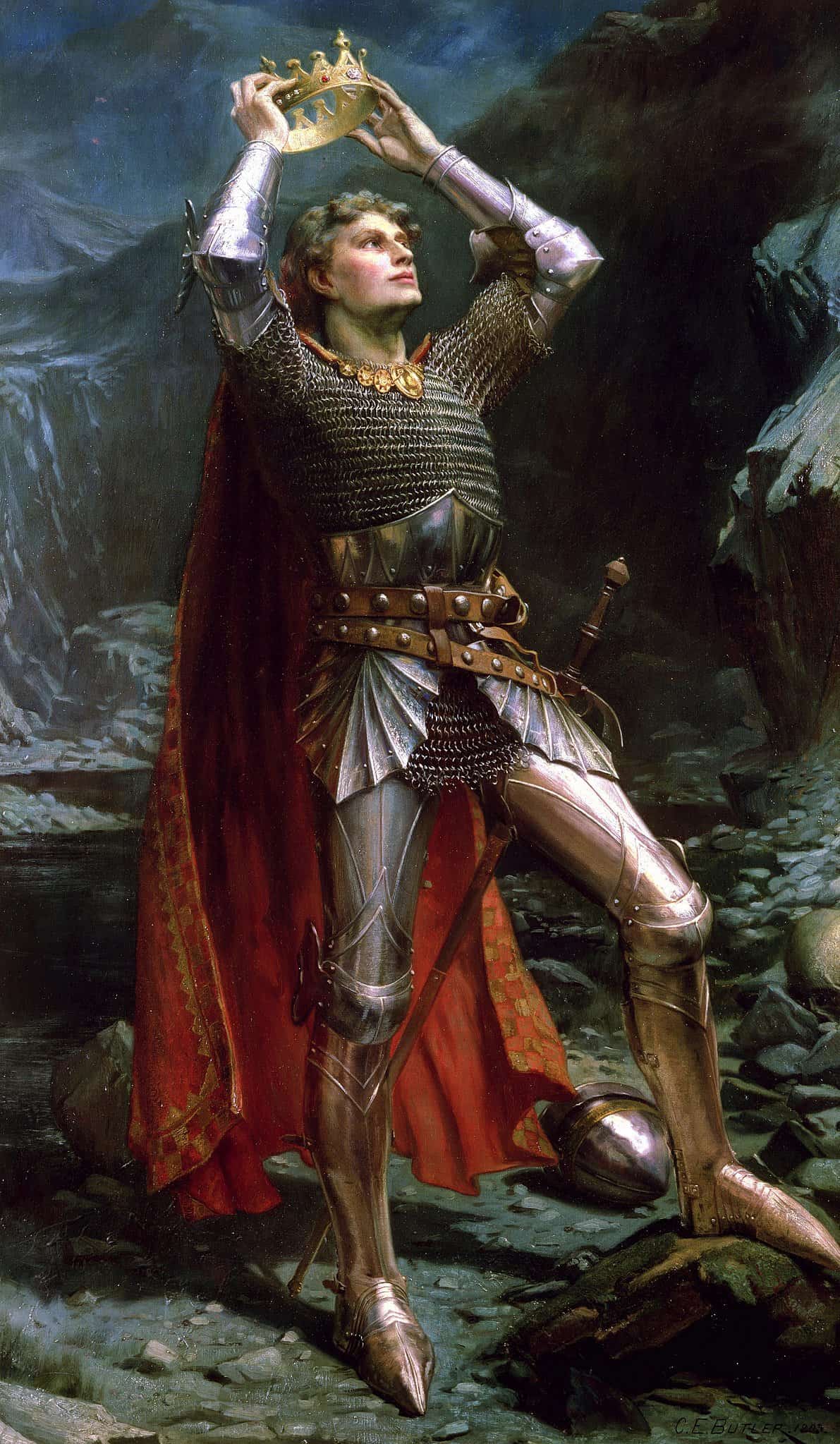
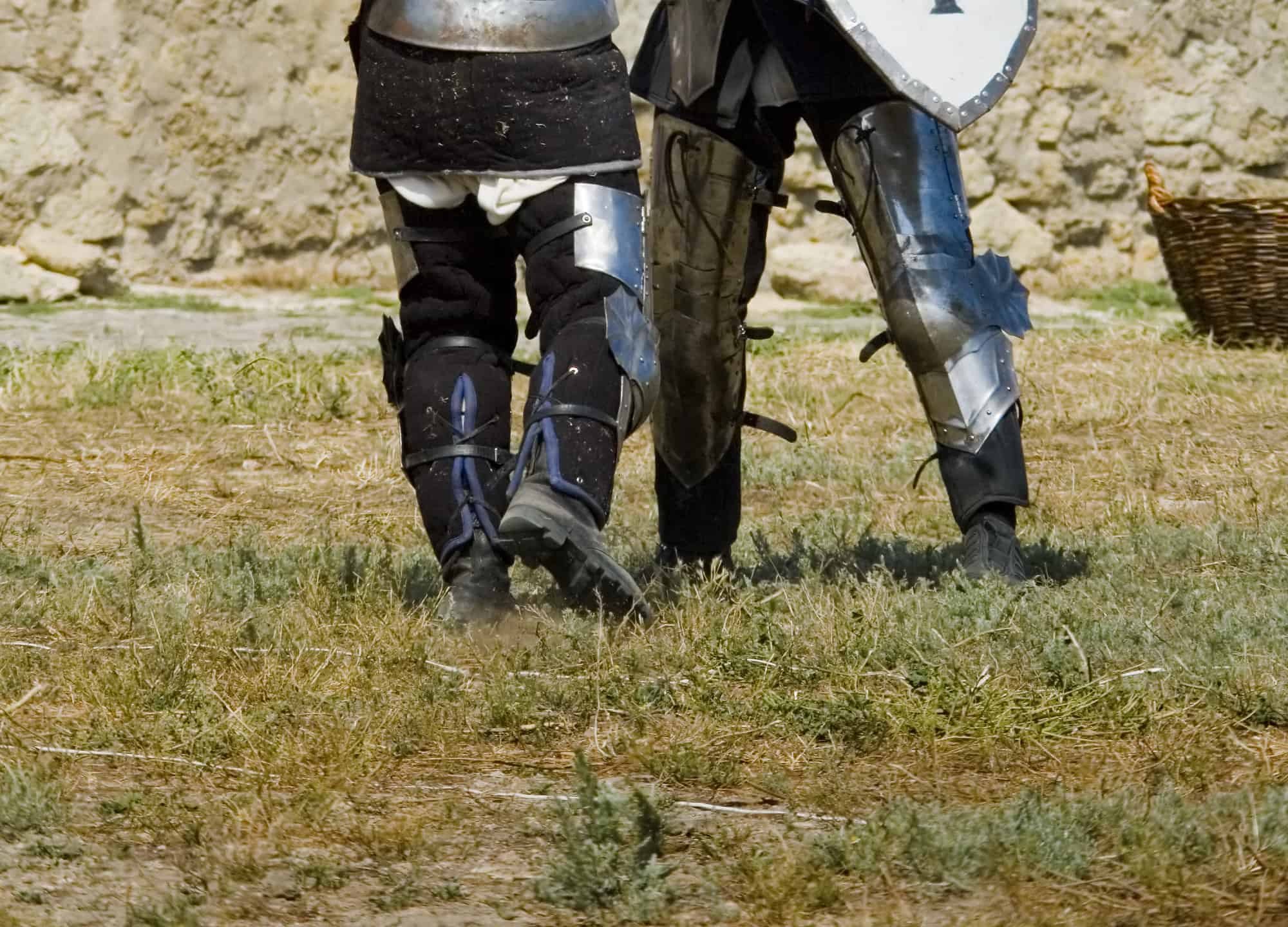

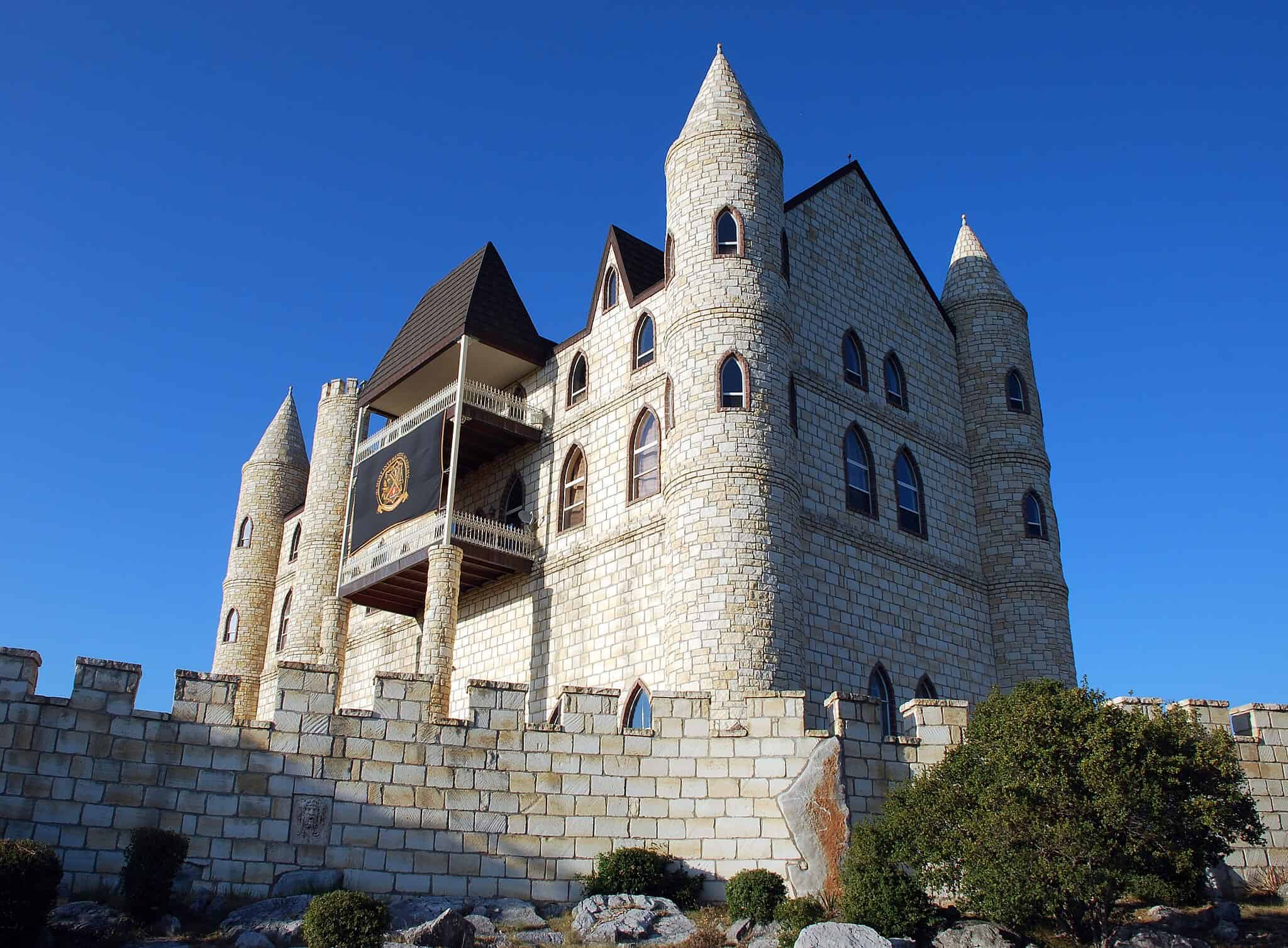
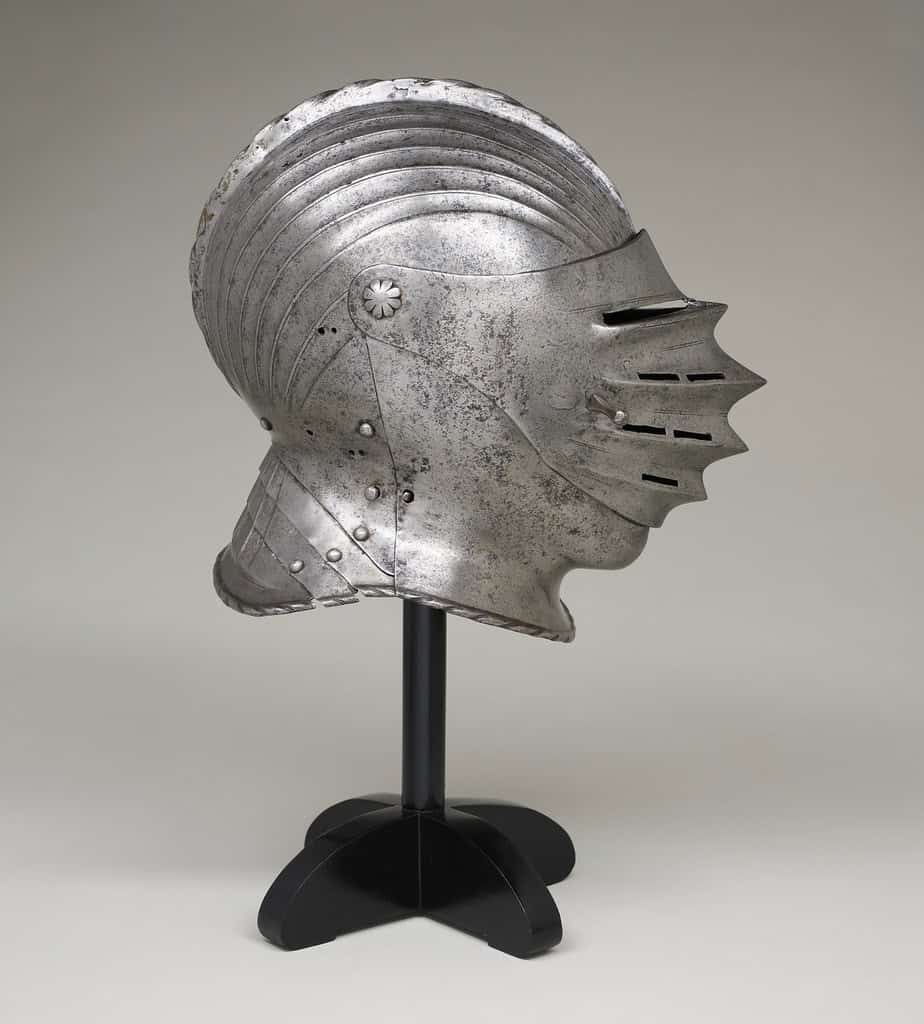
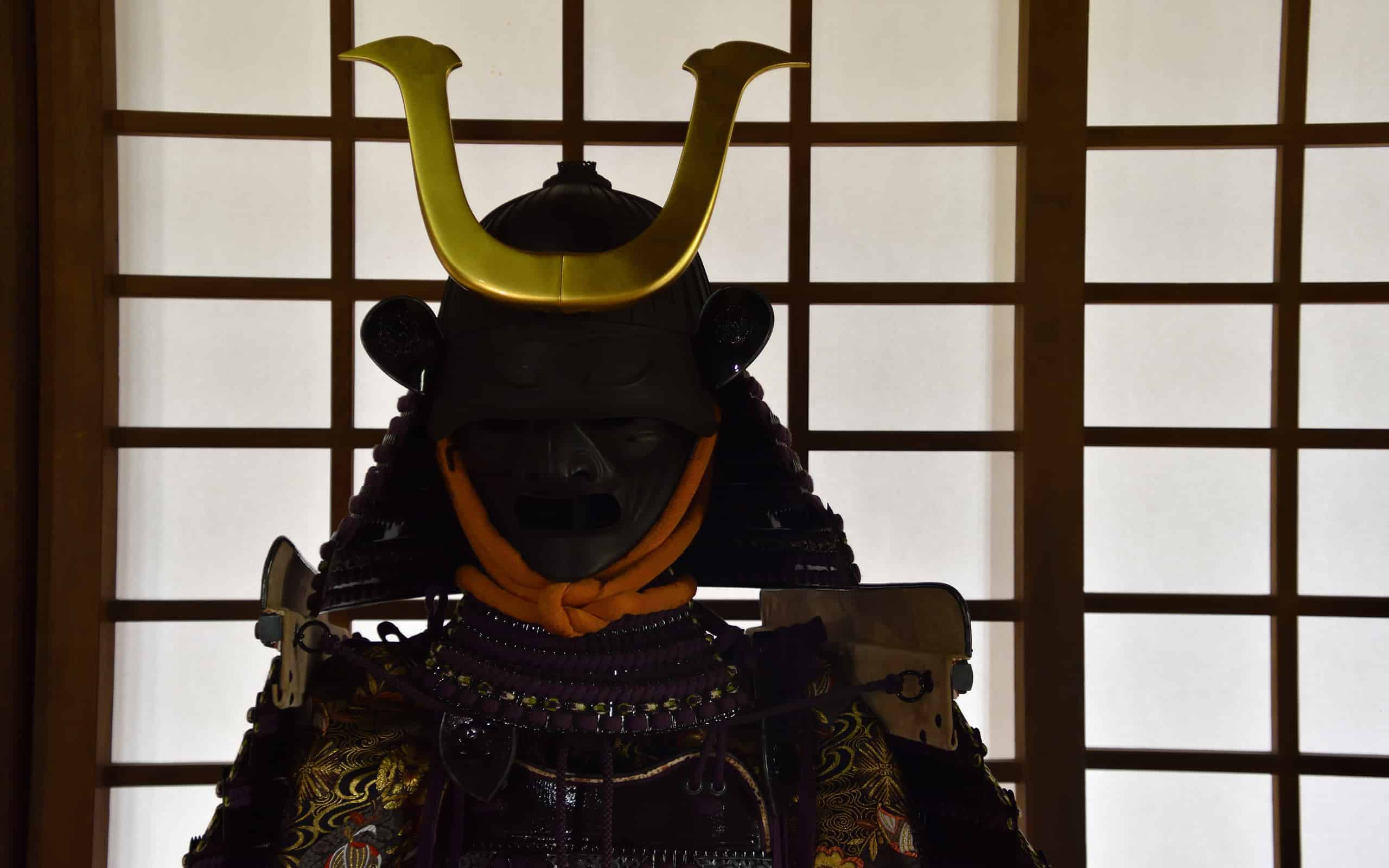

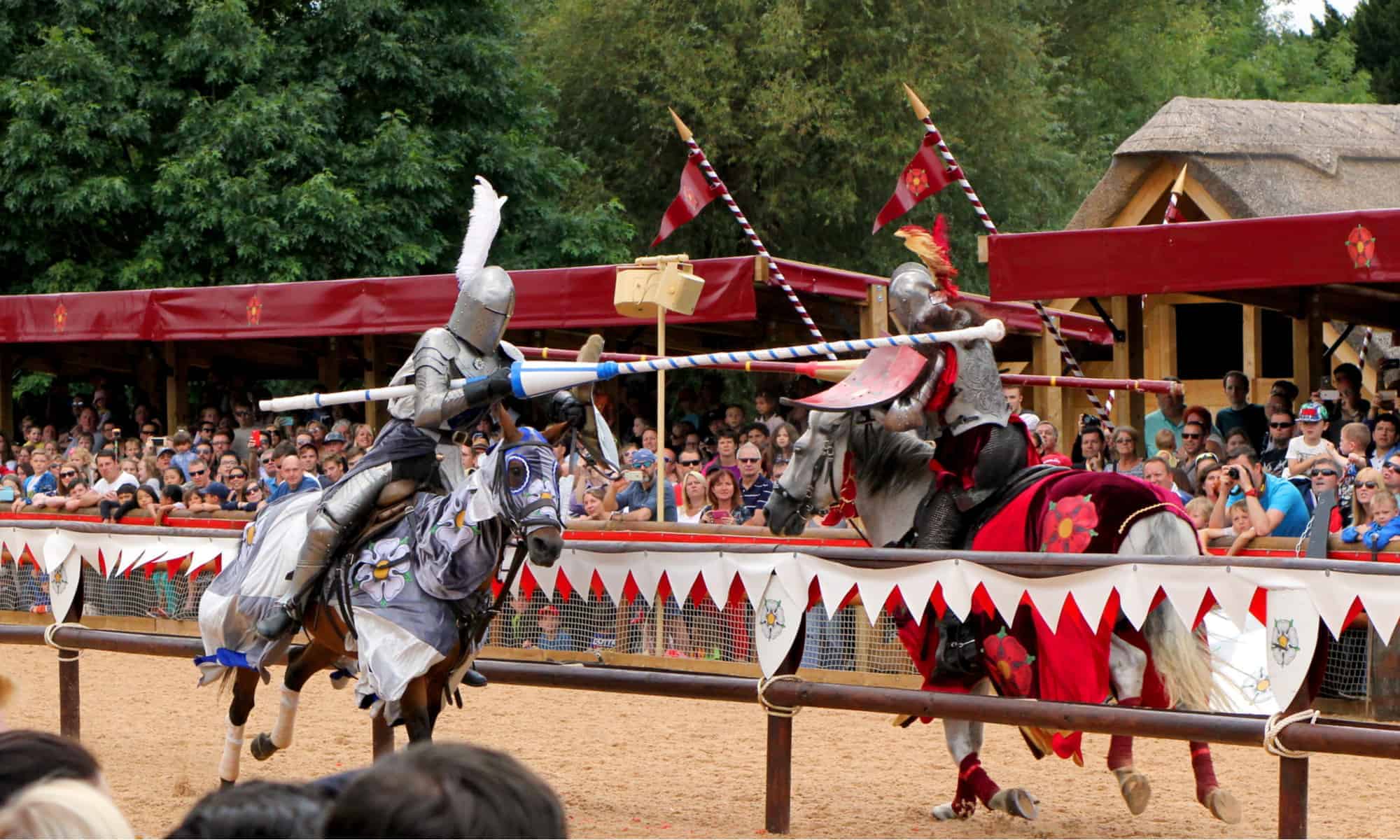


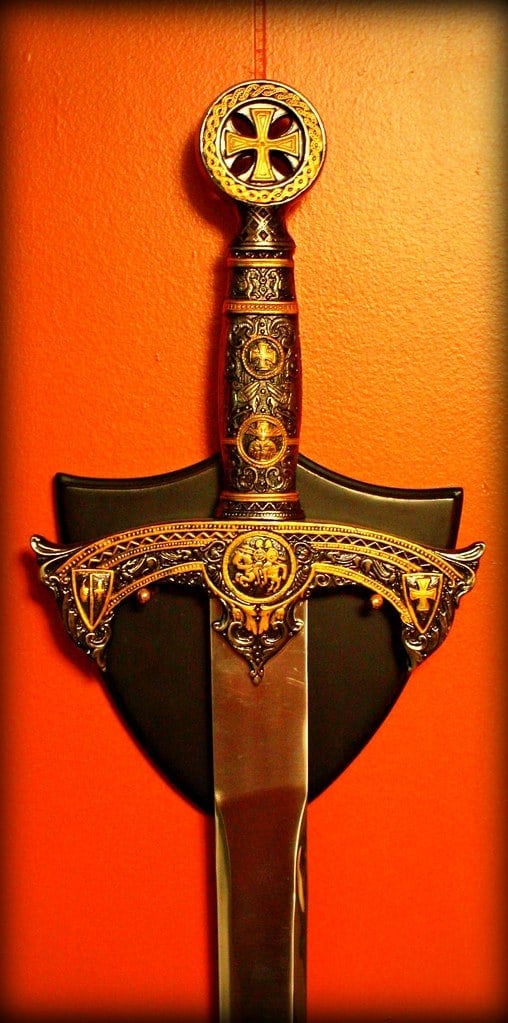
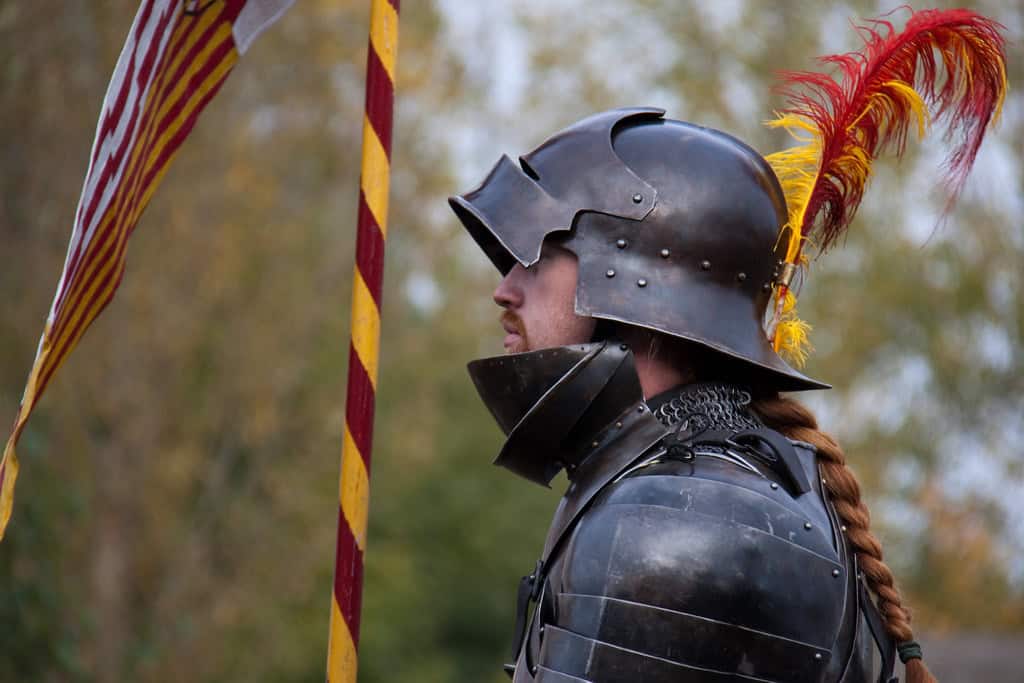
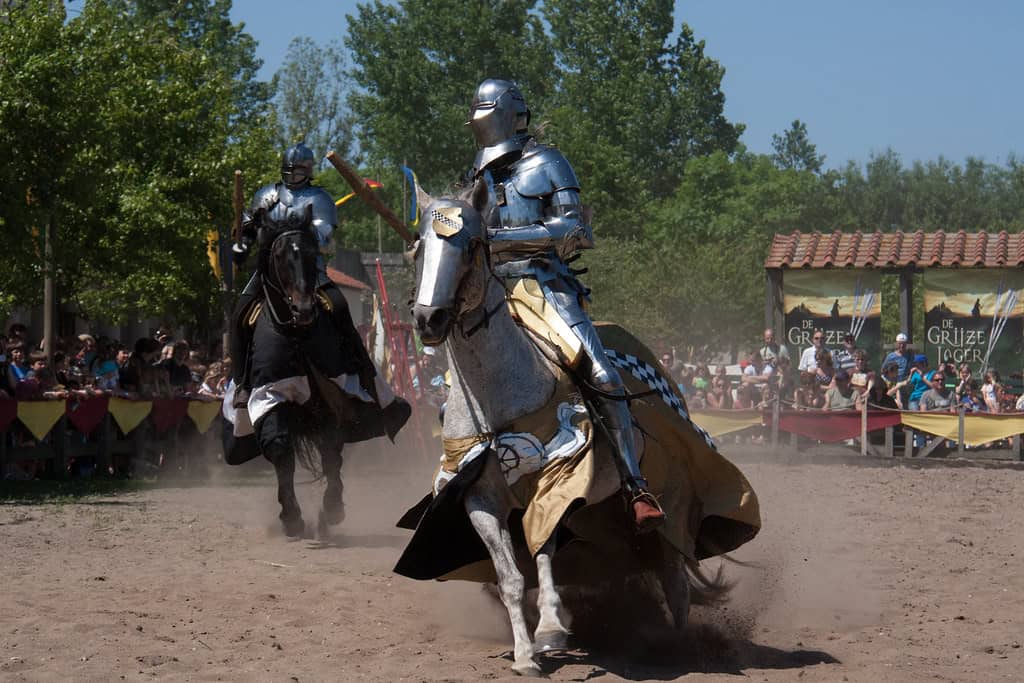

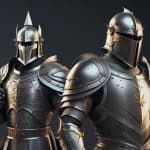


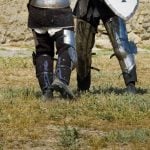
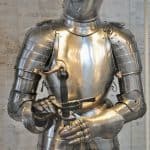

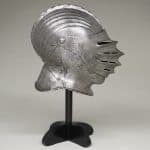


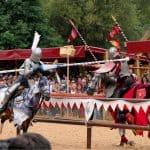


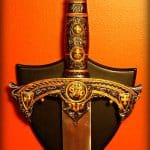
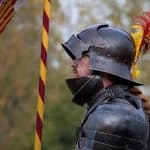
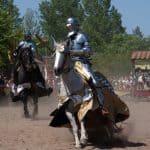
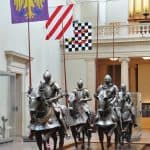
Debunking the Top Myths Around Medieval Knights
Medieval knights are one of those things where the fiction outweighs the facts. Knights served as a part of the aristocracy for most of Europe, far from popular films' hallowed heroism or comedic bluster. However, I find the truth more interesting than the fiction and myths surrounding knights. So, today, we're looking at the truth behind some of the most common myths surrounding medieval knights.
Chivalry
Chivalry is perhaps one of the most persistent myths surrounding medieval knights. A code of chivalry was developed between the 12th and 13th centuries. However, most of what we take as the chivalric code comes from the 19th-century work of Leon Gaultier, based on his observations. Knights were people, and they could be loathsome thugs or self-serving fame seekers.
Damsels in Distress
Once you get past the unlikely fights between dragons and knights, one of the more persistent myths is the notion of rescuing damsels in distress. This one is still part of pop culture, but the truth is a bit more nuanced. Chivalric romances were a popular subgenre of literature, which perhaps informs this more than anything. Knights were more likely to be engaged in managing their estates than in seeking out kidnapped women to rescue.
Only Knights Fought
If you watch any movie set in medieval Europe, there is a good chance that a battle scene is a protracted fight against knights. However, the composition of a military unit in Europe at the time was far different. Knights were part of an elite set, yes, but you also have archers, siege engineers, infantry like spearmen, and logistical roles to consider. Knights were present, but they served more often as an elite heavy cavalry unit rather than standard infantry.
A Knight's Armor Was Invincible
There is this silly notion that the plate armor worn by knights was completely impervious to harm. The armor knights wore was certainly durable, resilient to things like spears and swords, especially. However, it couldn't block a cannon, for example. Also, you have to consider that the joints are a weak spot where a blade could draw blood. Additionally, the person underneath the armor wasn't invincible, meaning blunt force weapons like maces could kill or maim with ease.
Knights Were Landowners
Given that knights were generally seen as part of the aristocracy, the popular depiction of them in times of peace is that of a wealthy landowner. Knights were a diverse group, when looking at economic status at least. Some knights had no land holdings, hoping to enter the service of a lord to raise their station in life. The thought was military campaigns might hold the fortunes they sought in the first place.
Medieval Armor Was Heavy
There is a popular myth surrounding the plate armor of knights that insists it was quite heavy by design. After all, something that durable and strong couldn't be light enough for a horseback rider. A full set of plate armor could weigh up to 60 pounds, but was often distributed throughout the entire body. Knights could mount horses without their retinues with ease, and could also run at full speed if needed.
Knights Were Only European
One of the more persistent myths around medieval knights is the notion that they were strictly a European phenomenon. There were other warrior castes around the world, along with chivalric codes that developed alongside them. Consider the Japanese samurai who might have adhered to bushido, for example. The Middle East had its equivalent in fursiyya, a chivalric code intended for the heavily armored cavalry in the Ottoman and Mamluk armies of the era.
Knighthood Was Hereditary
There seems to be this insistence that to be a knight, you had to be born into knighthood. While there is some truth in the matter, as the sons of knights could ascend the ranks, it wasn't the whole story. Knighthood came after a training period where prospective candidates served as pages and squires first, before being granted their title in a ceremony. Further, average citizens could be elevated to knighthood thanks to valor or service to the local lords or the crown.
Tournaments Were Deathmatches
One of the more persistent images we have of medieval knights is in the blood-soaked tournaments. Knights would mount their steeds and joust, seeking to kill their opponent. Tournaments were more of a show of skill than anything, with later tournaments using specialized armor and weapons to reduce the chances of fatalities. You can't show your skills too well if you're dead, at least so you would think.
Knights Spoke Using Stodgy, Formal Language
I'll admit, this is an easy one to forget. The idea of medieval knights only speaking like they're from a Shakespearean play is a rather modern invention. I don't want to say Monty Python has shaped the perception, but it certainly has helped matters. The boring truth is that knights spoke using the common language of their countries, much like you or I would.
Knights Only Fought in Massive Battles
There is this popular image of medieval knights from popular media, where we see them waging massive battles against one another. Popular fantasy fiction like Game of Thrones has little to dissuade this image, too. However, knights were just as likely to take part in smaller raids, skirmishes, and other smaller fights. Knights were used like soldiers, which stands to reason, given what was expected of them.
All Knights Were Part of Religious Orders
This one isn't quite as widespread these days, but you can certainly understand how it got its start. Orders like the Knights Templar and Knights Hospitaller certainly did exist, but those were the exception rather than the norm. Knights were in the service of lords, who, while respecting the church, weren't exactly what we'd call religious leaders.
The Age of Knights Is a Distinct Period of Time
Historical eras are rarely so neat and so tidy as to be divided into distinct eras. Think about your lifetime, you likely don't see the division of mere decades as an absolute fact. Knights existed for a large portion of the Middle Ages in Europe, with that aristocratic tradition carrying well past the era of armor into the Great War.
Knights Were Intended Solely for Warfare
If you had Sir in front of your name, you were built for warfare and warfare alone, at least that's the popular conception of medieval knights. Medieval knights were a little more boring than just being bloodthirsty, armor-clad soldiers. While defense was one of their functions, knights were also expected to participate in politics if they had lands. It's a lot less glamorous than you might think.
Knights Were Highly Educated
Our final myth comes down to the education medieval knights received. This is a mixed one, because the idea of a warrior poet is so endearing in popular media. Some knights were highly educated, taking part in the courtly culture of the era. However, many of them were just warriors with most of their education centering around fighting rather than on things like literature and etiquette.
